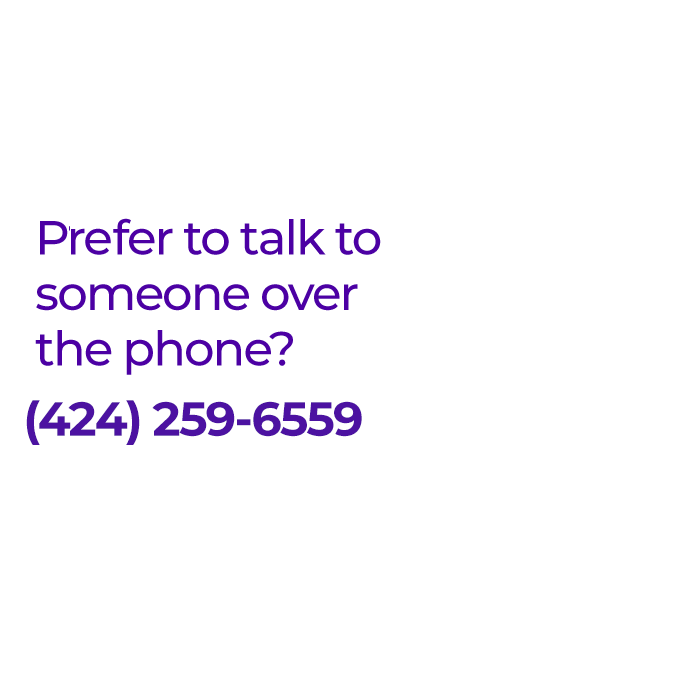Shared decision making was characterized in 2008 by Barratt as “an approach to medical decisions in which patients and clinicians work together to reach a mutually agreed upon decision that is consistent with the best available evidence, as well as patients’ preferences”. This concept was not new, as Sackett had defined evidence based medicine in 1996 as “the conscientious, explicit, and judicious use of current best evidence in making decisions aboutthe care of individual patients…that integrates the best external evidence with individual clinical expertise and patients’ choice.”
Incorporating patient preferences and values into health care decisions obviously did not start with the development of these fields, but their importance laid the foundation for the formal use of the techniques more broadly. The growing interest in these fields of research has seen medicine transform from more of a so-called top-down approach of having providers dictate care to patients to a bottom-up approach involving patients actively involved in the decision making process. Stereotypically, it has been surgeons that were considered to have the greatest likelihood of making decisions on behalf of patients without presenting options.
In otolaryngology – head and neck surgery, this month has seen clearly the increased attention to shared decision making, based on an editorial in the journal Otolaryngology – Head and Neck Surgery discussing shared decision making in general and an article in the journal Laryngoscope examining a decision aid for the treatment of pediatric sleep disordered breathing (roughly the same as sleep apnea). Decision aids are tools developed to present evidence from research studies to patients and families in a practical, understandable way. They can involve graphics and charts that can improve how well patients and families understand their treatment options.
Smart people can make different decisions with the same information
I am no expert in the research field of shared decision making, but I am not alone in wanting my patients to be comfortable with the key decisions about their own medical care. In fact, the main purpose of my sleep-doctor.com website, sleep-doctor.com blog, and my Youtube videos has been to provide important information about my approach to treating snoring and obstructive sleep apnea and the latest research.
With obstructive sleep apnea surgery in adults, patients are different. Different patients have different causes of their obstructive sleep apnea, such that different patients have different options that would be considered reasonable. Because obstructive sleep apnea surgery in adults is so dependent on the underlying cause of the sleep apnea, I am not sure I could envision a single decision aid that encompasses these options.
However, I do not overlook the importance of the underlying differences in patient preferences. Early in my medical education, I realized that people also have different values and valuations when it comes to their own health care. I view my role in counseling patients about snoring and sleep apnea surgery as one in which I present my honest assessment of the expected outcomes and risks of the reasonable choices for an individual patient. This requires my understanding not only my own experience but also those that have been seen in research studies and my discussions with colleagues from around the world. These decisions involve consideration of risks and benefits of various approaches, and people can feel very differently about these. The best way I summarize my approach is the statement above: smart people can make different decisions with the same information. I want patients to make the right decision for them.
2019 Advances in Diagnosis and Treatment of Sleep Apnea and Snoring
Patients continually impress me with their in-depth understanding of snoring and obstructive sleep apnea. Detailed information is now available on medical websites, online videos, and research publications, such that patients may know as much as any of their medical providers (in any area of medicine). Many of my patients have asked where they can find even more information, and recently, I have had some attend my own lectures, reporting that they found it so interesting. We recently posted the syllabus for our 25th Annual Advances in Diagnosis and Treatment of Sleep Apnea and Snoring course. I love talking about what a great course this is because I claim absolutely no credit for what I think has been a format that works very well. I joined the course 12 years ago, and as a co-director my goal has been not to mess up the effective combination of surgical and non-surgical presentations from many true leaders in our field.
We move the course location, alternating between Orlando and San Francisco, but the general program is similar each year. The first 2/3 covers key topics in sleep apnea, including medical and dental management, and the last 1/3 covers surgical treatment. For a summary of talks from previous years, I have written on this blog about the course over many years, including 2018, 2017 Day 1, 2017 Day 2, 2016 Day 1, 2016 Day 2, 2015 Day 1, 2015 Days 2/3, 2014 Day 1, and 2014 Day 2. The course works well for providers of all backgrounds because it incorporates the perspectives of the full spectrum of therapies: positive airway pressure therapy, surgery, oral appliances, and medical and surgical weight loss. While I attend many national and international scientific meetings, I have found myself using the information I learn during the course from our speakers to be as practical and useful in patient care as any lectures I attend at these conferences. If any providers or patients are interested in attending, please feel free to e-mail me directly.




Sarah Cummings says:
Great! It’s good to know that there are studies and courses that provide a solution to this condition.